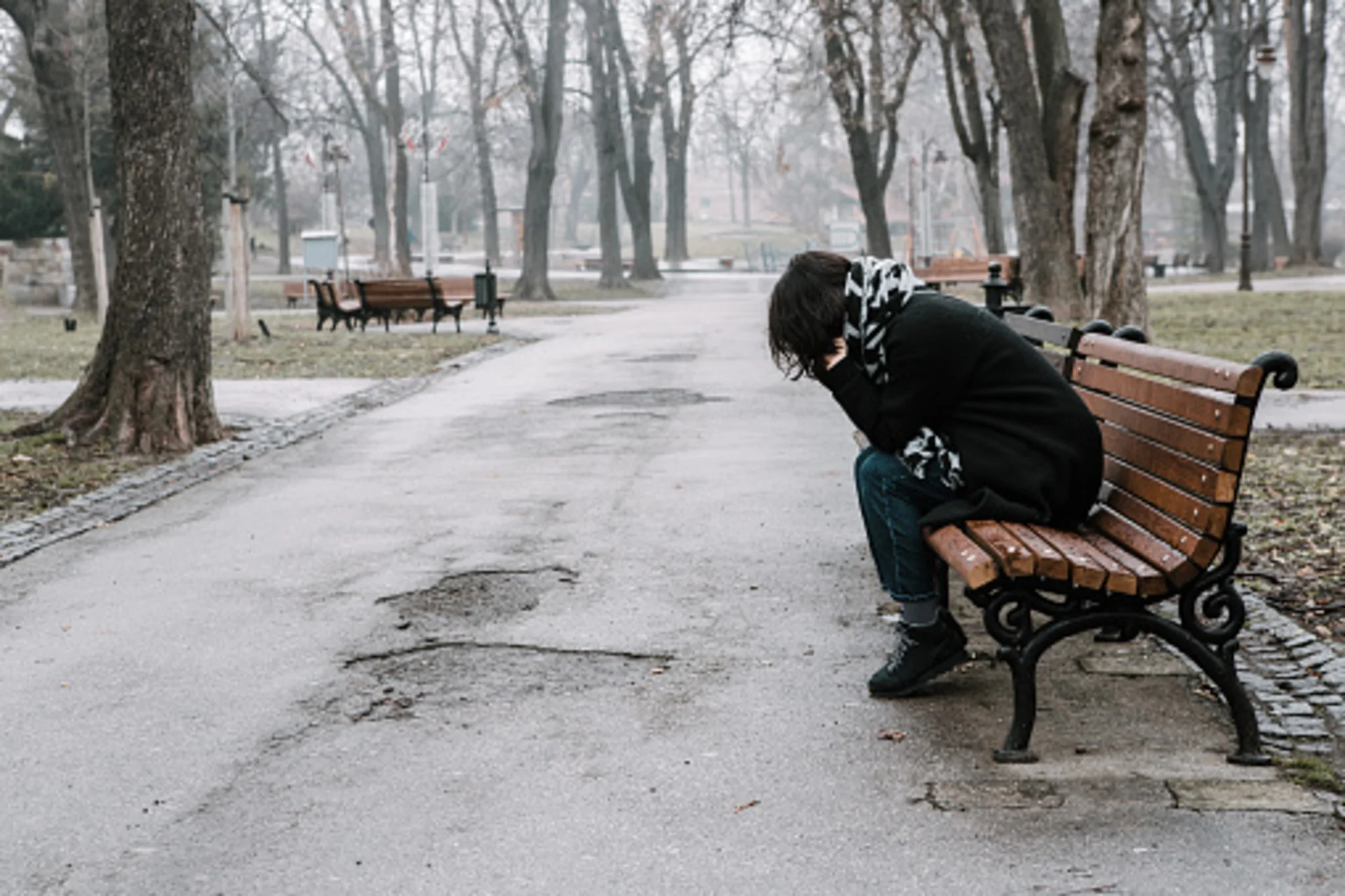
How to cope with seasonal affective disorder in the era of COVID-19
With the seasonal change, people tend to feel more sluggish, but for some people, it affects their mental well-being in a much deeper way. Medical experts are urging people to get informed when it comes to seasonal affective disorder, especially in this ‘new’ normal.
Every year we experience the seasons changing and that means less hours of sunlight and colder temperatures in the fall and winter - that’s where we’re headed now. It’s quite ‘normal’ that people feel more sluggish in the colder months, but what’s ‘not normal’, these past couple of years is the added stress of COVID-19.
“I think some of that optimism that we had certainly in the earlier months and into the summer, has waned. People are concerned and they have a lot of reasons to be concerned,” said Dr. David Gratzer, a staff psychiatrist and medical doctor at the Centre for Addiction and Mental Health (CAMH).
People tend to throw around the term ‘seasonal depression’ to explain their lack of motivation and preference to stay indoors, however, Dr. Gratzer wants people to get informed.
“I think it's really important to emphasize that difference between what we think is seasonal affective disorder and what is, right, because I think we all kind of feel crummy at the end of the winter especially if it's been a bad one. End of February, March we're all aching for the spring and that's quite different than in November, you can't work because you can't get out of bed,” he said.
Go HERE for our complete coverage of the COVID-19 pandemic
WHAT IS SEASONAL AFFECTIVE DISORDER?
It’s a depression that tends to show up in certain times of the year and it’s very tied to sunlight.
“People who struggle with seasonal affective disorder have more depressions around the time of the year when we have less sunlight. So, don't think of February, March, think about November, December, months where we're experiencing now. The daylight is less available. For some reason for some people, often with a genetic predisposition, also people who live further north of the equator, in other words people like us, do tend to experience seasonal affective disorder more.”
Dr. Gratzer said often people who have depression without the seasonal component, for example who are feeling depressed and can’t get out of bed in June, tend to under-sleep and under-eat. “Seasonal affective disorder is a little bit different,” he explained. “People actually tend to oversleep and overeat and they crave carbohydrates more. It is a bit of a different type of depression but of course some of those cardinal symptoms, feeling low and mood, lacking motivation and energy, those are the same.”
HOW DO YOU KNOW IF YOU HAVE SEASONAL AFFECTIVE DISORDER? WHAT DO YOU DO?
Get informed.
There are good resources on the internet explaining the signs and symptoms of seasonal affective disorder.
“A conversation with your family doctor for any health condition including a mental health condition, is important. If you think that you are struggling more so than others, you are low in mood, not for an afternoon or a day or two, but for weeks, you're having difficulty getting out of bed, in fact you can't get out of bed, as you had before, it's worthwhile talking to your family doctor and getting advice,” advised Dr. Grazer.
THINGS TO DO TO MAINTAIN POSITIVE MENTAL HEALTH
1. Exercise
“I appreciate that there are colder days here, dress warmer. Make it a priority to get some level of exercise. But if that's not possible because you're older and icy roads and sidewalks are very disconcerting to you it's entirely possible to exercise without a gym membership in the comfort of your own home,” said Dr. Gratzer.
Look up exercises on YouTube for ideas. Ultimately anything cardiovascular will do the trick. The goal is to get that heart rate up.
2. Stay connected
“Loneliness isn't a psychiatric disorder but it is something that can lead to problems including psychiatric disorders and we know that people like connectedness and that can be tough in a day and an age where we're discouraging people from dropping by their neighbors for a cup of coffee,” he said.
Dr. Gratzer suggests connecting with people through technology - via video call, text message, phone call - but if those things are getting mundane, take it back to a more ‘old-fashioned’ approach. He suggests writing letters, sending postcards.
RELATED: 'Adopt a Grandparent' battles loneliness during COVID-19 pandemic
3. Get creative, learn something new
Do things that make you happy and stimulate learning.
“Goals around education might be particularly helpful again so learning something new or developing a skill you have that might be particularly helpful,” recommends Dr. Gratzer.
Carving pumpkins, making ornaments, changing decorations, baking, woodworking, learning a new language - the possibilities are endless!
4. Do things of a charitable nature
“At this point in time, you might not go down the street and volunteer at the food bank, or you might, but there are other ways of contributing, other ways of helping people especially people struggling around the pandemic,” says Dr. Gratzer.
Some of the other suggestions included: donating blood, surprising an elderly family member with a visit outside their window, dress for the cause to create awareness about breast cancer or make a donation to a charity of choice.






